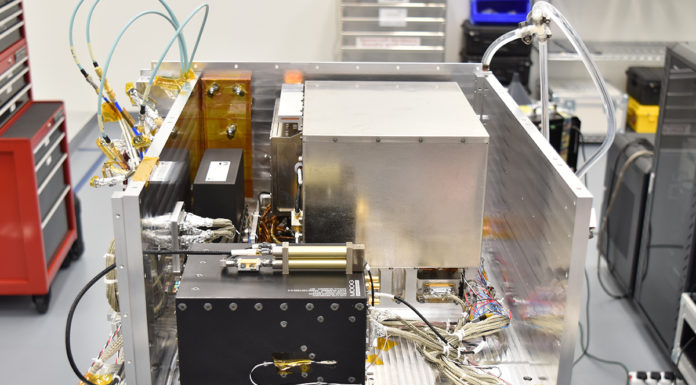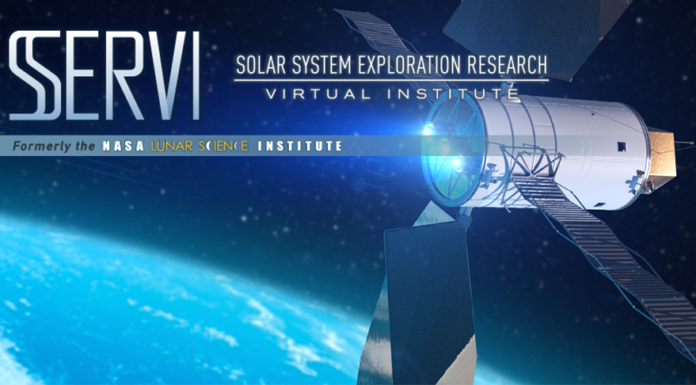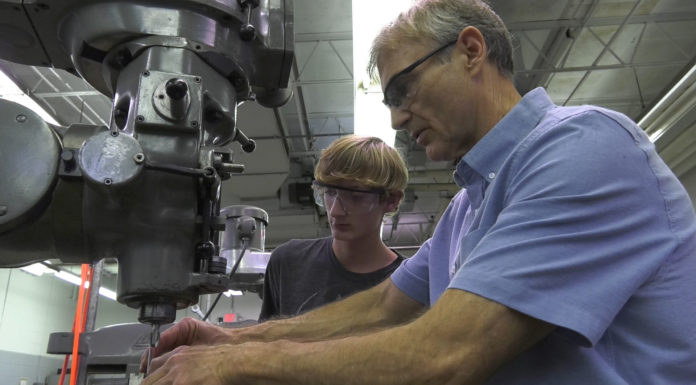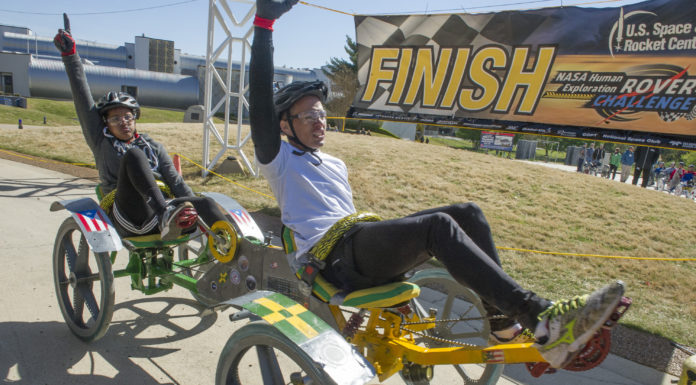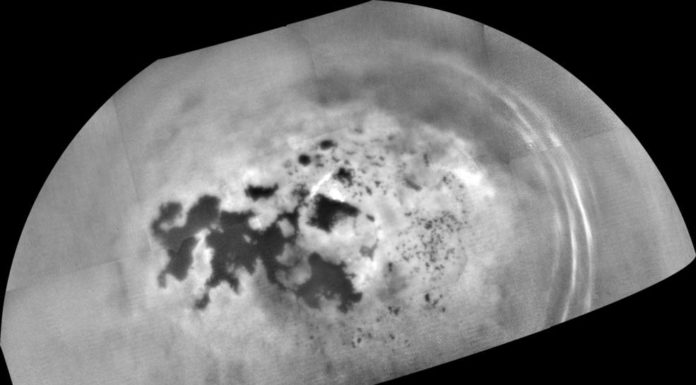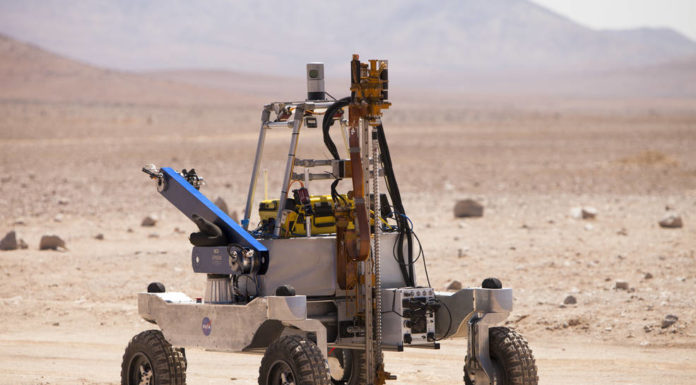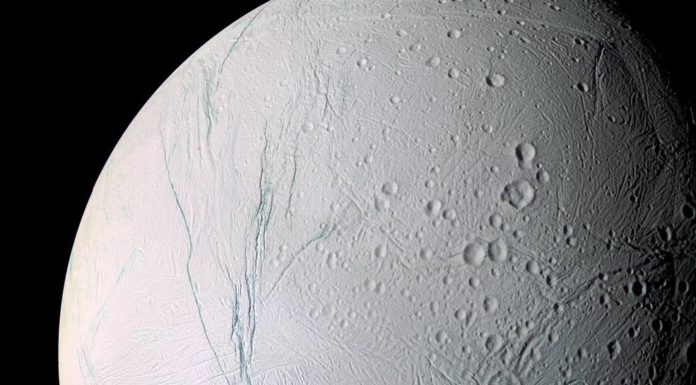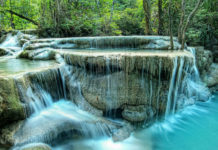Scientists at NASA have built a stopwatch timer that can measure a fraction of a billionth of a second, which can help to obtain precise height measurements of the Earth’s surfaces including ice, glaciers, forests, and sea.
Thanks to its incredibly precise time measurement, the timer enables scientists to calculate the distance between a satellite and the Earth, based on...
Space
Laser Communication Relay Demonstration (LCRD) launch by NASA will speed up internet by 100 times within two years
Sowmya Seshadri -
One of the major problems in this hi-tech world is the speed of the internet. It is slows down or shuts down. NASA has come up with a possible solution.
NASA has decided to launch a space LASER that will provide internet 100 times faster than current broadband. If possible, this dream will come true within two years.
A powerful laser will...
The evolution of clock surprises everyone. Especially, the atomic clock, which is an extremely accurate type of clock. Atomic vibrations regulate it and is known for the exact time.
NASA has now prepared a next-generation atomic clock. The space agency developed it in early February.
NASA's Jet Propulsion Laboratory developed this Deep Space Atomic Clock. On Feb. 17, JPL engineers monitored integration...
Space
100 and more celestial bodies to become planets; The new definition of planets adds many to the solar system
Sowmya Seshadri -
Celestial bodies are recognized as planets, based on several criteria. The scientists demoted Pluto to a dwarf planet in 2006 when the definition of a planet changed. Since then, there are only 8 planets in our solar system.
Recently, a group of scientists have proposed a new way to classify planets. This will possibly add about 100 objects into the...
NASA always advances itself every single day. Also, each day, its efforts to explore the space, doubles. In one such effort to advance basic and applied research for lunar and planetary science NASA has created the SSERVI.
Solar System Exploration Research Virtual Institute (SSERVI), created to advance human exploration of the solar system through scientific discovery, is NASA's major step towards space...
Space
Tools made by high school students, under NASA’s HUNCH program reaches International Space Station
Sowmya Seshadri -
NASA now has a few high school students who will be a part of a major program. Students at an Alabama high school are now making parts for use on the International Space Station.
NASA has been sponsoring programs to build the spark in students in the field of aerospace industry for more than 50 years. One of them is HUNCH...
Space
Rover Challenge all set to begin in March end; NASA finalizes teams for Human Exploration Rover Challenge 2017
Sowmya Seshadri -
NASA is all set to begin the most awaited and also the toughest rover challenge. The competition challenges students to solve engineering problems, design rovers and much more.
NASA’s Human Exploration Rover Challenge, highlights NASA’s goals for future exploration to Mars and beyond. Nearly 99 high school and college teams will put their skills to the test from March 30 to April...
A study based on Cassini's observation has stunned the scientists at NASA. The recent study, published in journal Icarus, shows, how the hydrocarbon lakes and seas of Titan erupt occasionally with dramatic patches of bubbles.
Researchers at NASA's JPL, simulated the frigid surface conditions on Titan. They found that significant amounts of nitrogen can be dissolved in the extremely cold liquid...
Space
Mars Rover tests roving, drilling and life-detection in Atacama Desert, Chile
Sowmya Seshadri -
Atacama Dessert in Chile is one of the favourite places for NASA. Although NASA doesn't have a laboratory there, they do perform potential experiments.
In a region about 100 km south of Antofagasta, which averages 3,000 m in elevation, the soil has been compared to that of Mars. Due to its extreme dryness and stony terrain it is one of the most important...
Space
Enceladus, the icy moon of Saturn is warm just a few feet below its icy surface, says new report
Sowmya Seshadri -
Saturn's icy moon is cold outside but warmer inside. Enceladus, the icy moon has now given a new dimension to the scientist regarding its geology.
A new study in the journal Nature Astronomy reported that the south polar region of Saturn's icy moon Enceladus is warmer than expected, just a few feet below its icy surface. This, thereby suggests that...



















